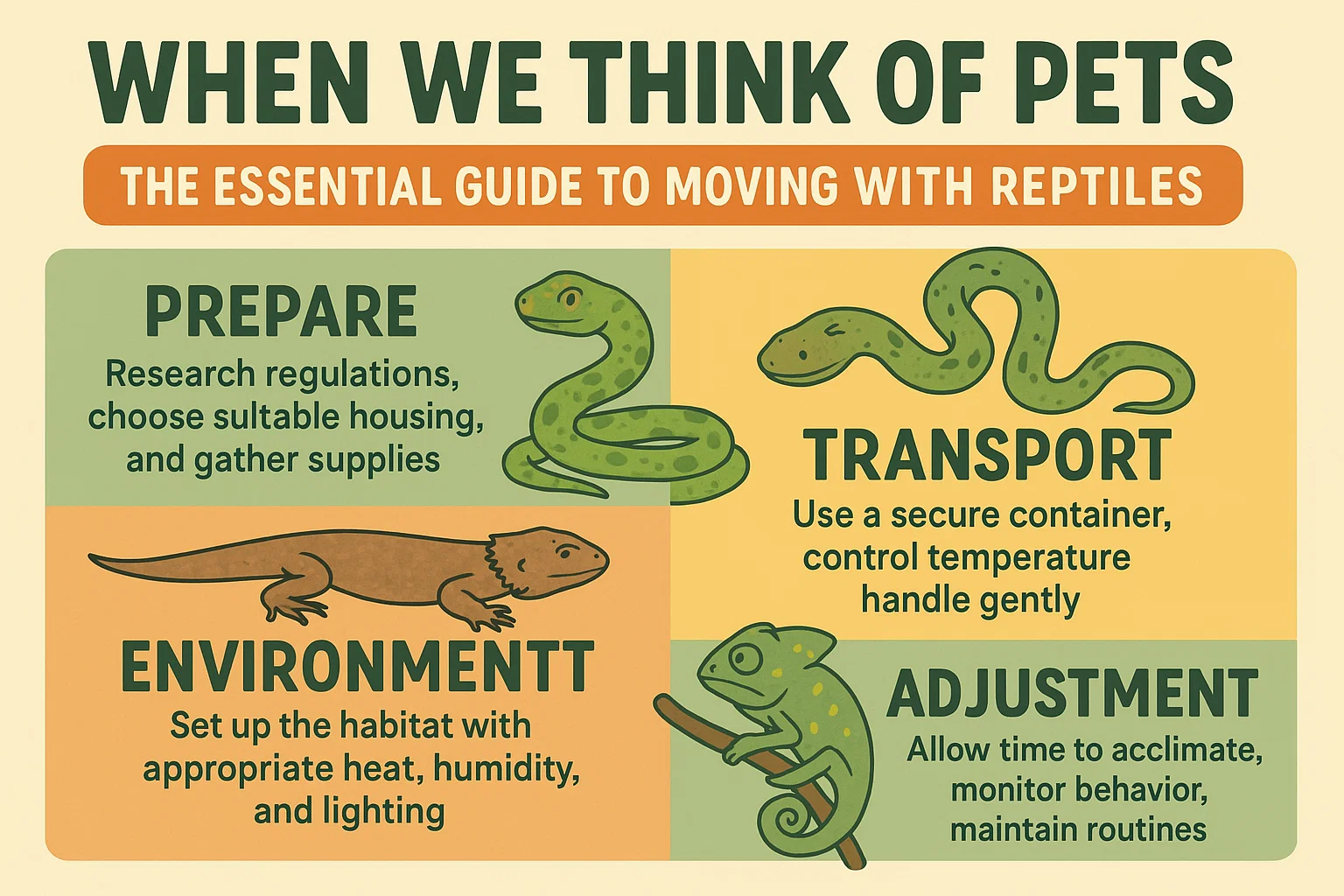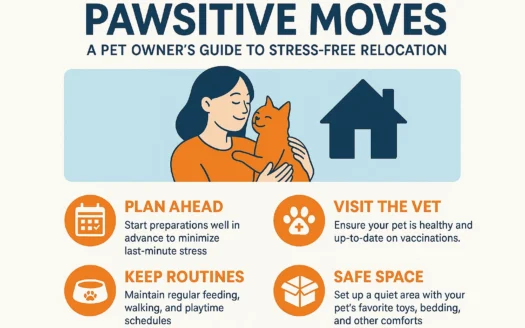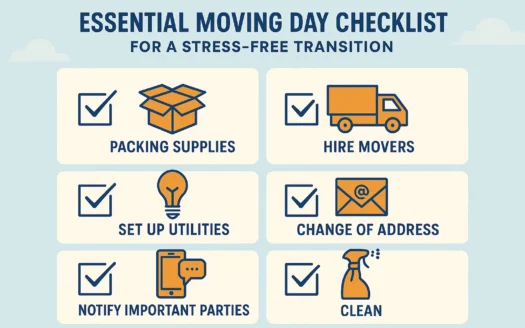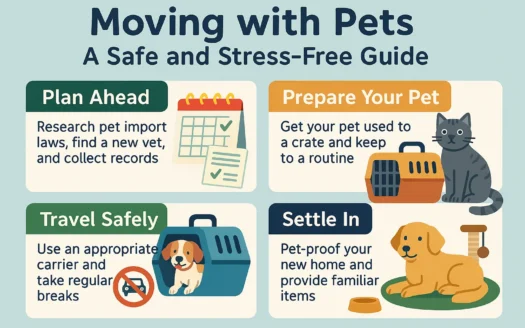When We Think of Pets: The Essential Guide to Moving with Reptiles
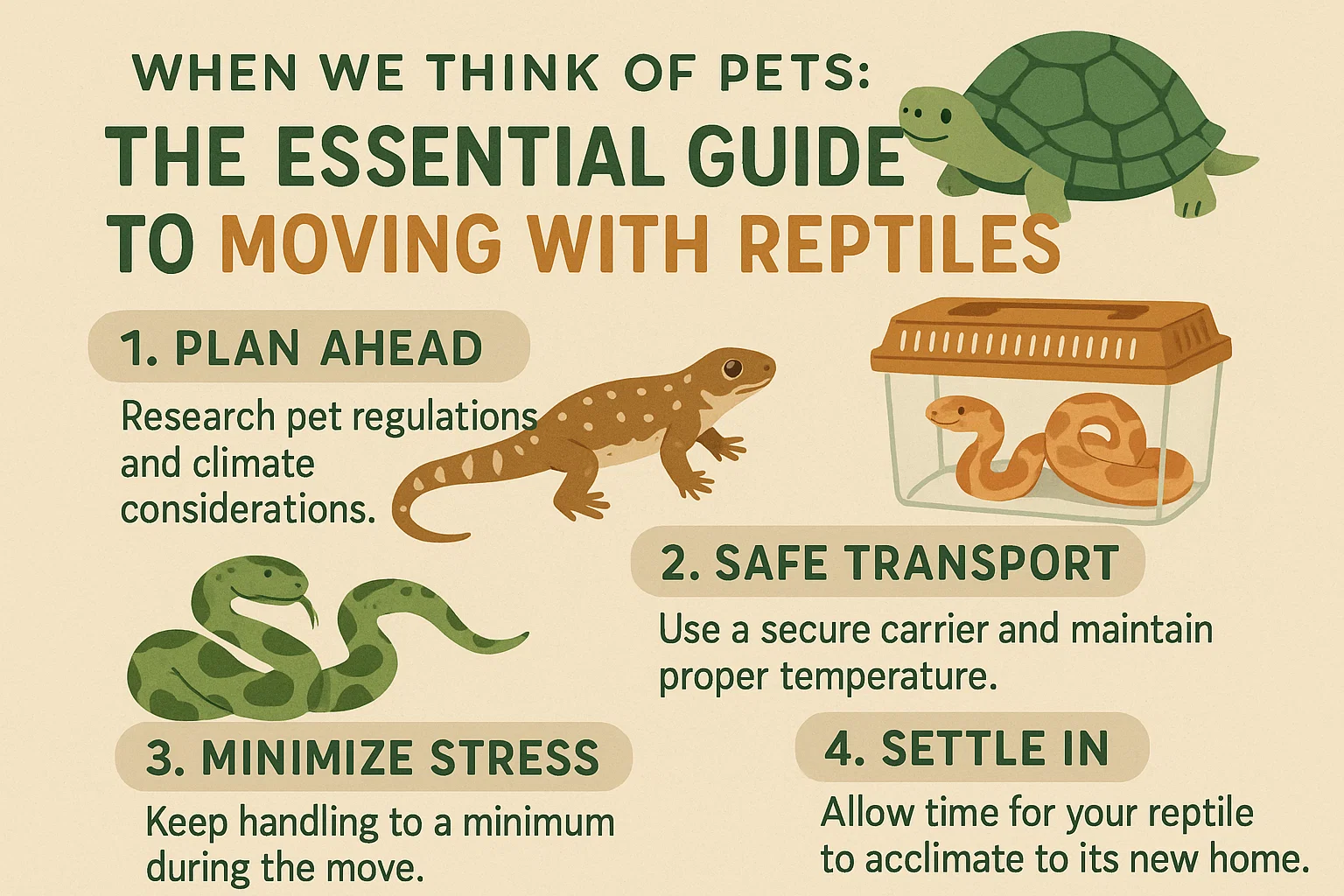
When We Think of Pets: The Essential Guide to Moving with Reptiles
When we think of pets, our minds often go to furry four-legged friends, but this leaves out a delightful group of animals that deserves the same amount of love: reptiles. These scaly sidekicks have specific needs when it comes to moving, so ensure you’re prepared to make the transition as stress-free as possible for them.
Skip Ahead
- Know the Local Laws and Regulations
- Get a Green Light From Your Vet
- Moving Your Reptile by Car
- Moving Your Reptile by Plane
- Shipping Your Reptile Through the Mail
- After the Move
- Welcome Home!
Know the Local Laws and Regulations
The first step in moving with a reptile is to research local policies on owning your specific pet. Check state, city, and county regulations at your destination to confirm which reptiles are allowed as pets and what certifications or fees may apply. Policies often depend on whether the reptile is native to the area and may include licensing or vaccination requirements. For exotic pets, thorough research is essential to avoid complications upon arrival.
Get a Green Light From Your Vet
Schedule a vet appointment no more than 10 days before moving to obtain a health report. This ensures your pet is ready for travel and may be required for registration in your new location. Collect all health and vaccination records, and ask your vet for moving tips or referrals to veterinarians in your new area.
Moving Your Reptile by Car
If transporting your reptile yourself, follow these steps to minimize stress:
Carriers
Use a secure, ventilated carrier that’s appropriately sized. Place your reptile in a breathable cloth bag (tied securely with rubber bands or twine) inside the carrier. For venomous reptiles, use two ventilated containers with extra cushioning. Label carriers with “Handle with Care” warnings.
Temperature Regulation
Maintain safe temperatures with insulated carriers—avoid direct sunlight. Pack a basking light or heat mat for overnight stops. Use wet towels or a spray bottle for hydration.
Minimize Travel Time
Plan the shortest route possible and book pet-friendly hotels for overnight stays. Provide a hideout in temporary lodging to help your reptile feel secure.
Moving the Terrarium
For short moves, place the terrarium in a protective crate. For long distances, remove accessories, drain water, and wrap the enclosure in packing materials. Preserve soil or water in sealed containers for reuse later.
Moving Your Reptile by Plane
Reptiles typically travel as cargo, not in the cabin. Check airline policies for approved carriers and requirements. Non-venomous reptiles must be in breathable cloth bags inside labeled, ventilated containers. Include feeding instructions and temperature needs on the carrier.
Shipping Your Reptile Through the Mail
Use specialized reptile shipping services for safety. Ensure packages include heat/cool packs, hydration sources, and clear labels. Track shipments and confirm delivery times to avoid delays.
After the Move
Set up the terrarium first to recreate a familiar environment. Monitor your reptile’s behavior and consult a vet if stress symptoms persist. Update registrations and licenses as required by local laws.
Welcome Home!
With preparation and care, your reptile can adjust smoothly to its new habitat. Prioritize their comfort, and enjoy settling into your shared space together!

